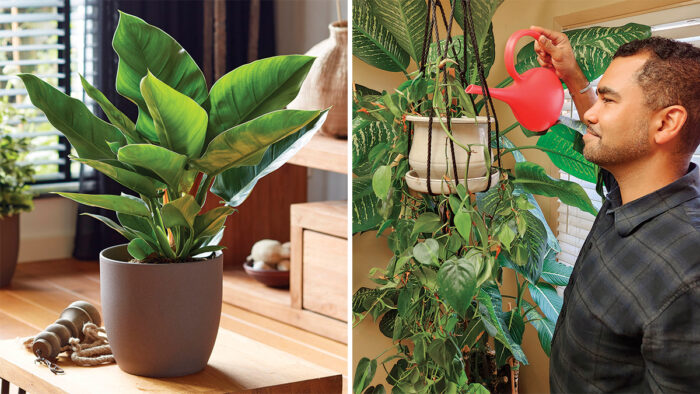
Philodendrons (Philodendron spp. and cvs., Zones 9–11) are some of the most popular and versatile plants grown indoors. Most of these fantastic houseplants grow very quickly, have beautiful foliage, and are relatively easy to care for. The Greek words philo, meaning “loving,” and dendron, meaning “tree,” point to the fact that many philodendrons naturally climb trees or other supports where their aerial roots can cling; however, the genus is divided between climbing and nonclimbing varieties. In fact, there are more than 450 species of philodendrons, and they come in a wide array of colors, shapes, and textures. Finding one that’s perfect for you and your growing conditions shouldn’t be too challenging. Here are some general guidelines that will keep your philodendron happy.
Supply indirect light, and don’t overwater
Philodendrons are understory plants in their native rainforests. For best results, aim to mimic their natural environment by providing medium to bright indirect light. A sunny north- or east-facing window is perfect. Avoid the harsh sunrays from a south- or west-facing window unless you provide a curtain or other shield to protect leaves from burning. In the absence of adequate natural sunlight, you can provide a grow light. A simple internet search of the name of your plant will yield its ideal light levels. This is usually given in units of measurement called “lux” or “foot-candles,” which indicate the amount of visible light that falls on a surface. You can make sure you’re providing the correct light levels with your grow light by using a light meter or downloading a free light-meter app.
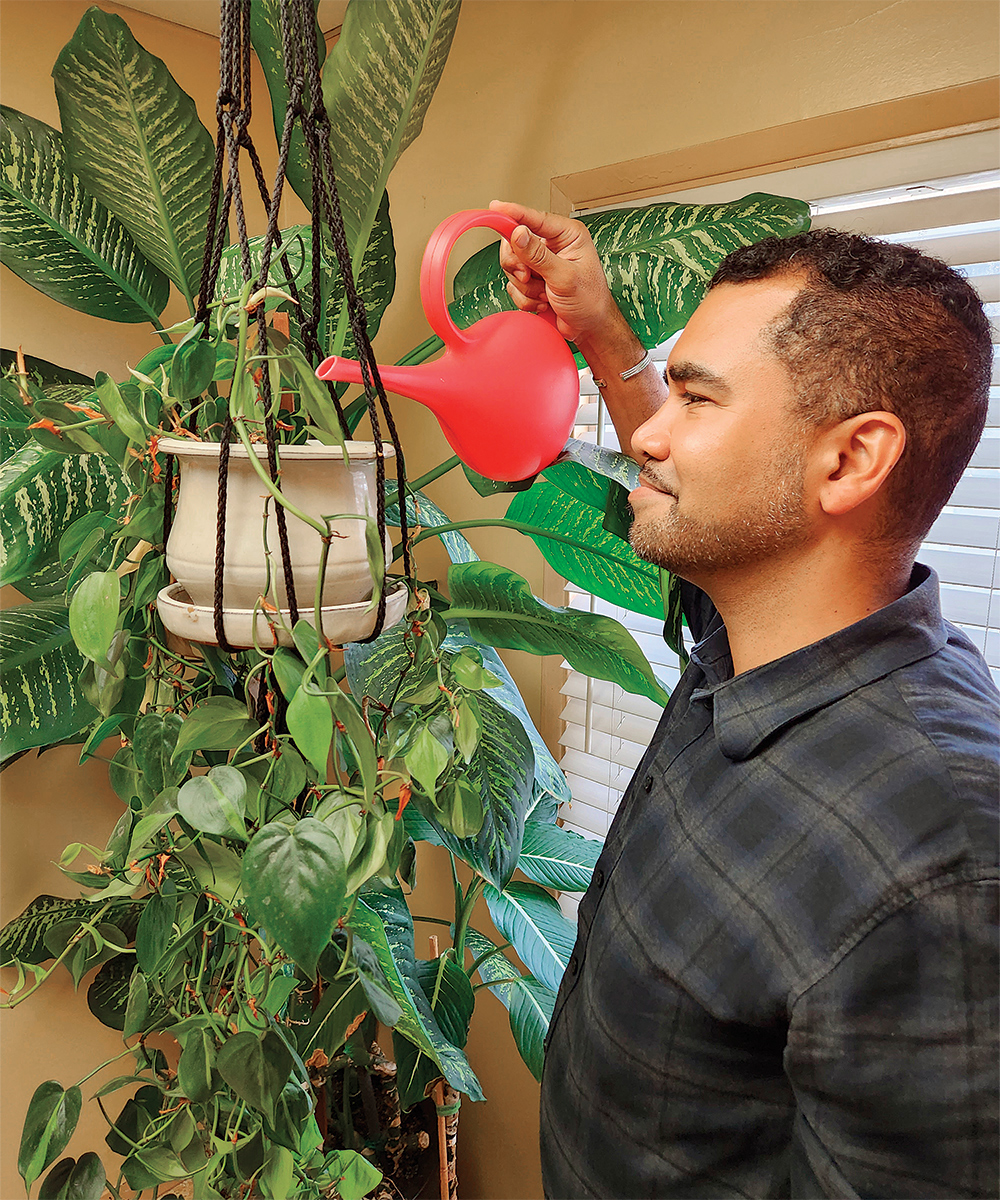
Philodendrons are relatively forgiving when it comes to watering mistakes, but as with most houseplants, the number-one cause of disease or plant death is overwatering. When you water, you should water deeply, but then make sure that you allow the soil to dry out. The most reliable way to monitor water levels is to poke your finger into the soil up to your first knuckle. If it feels wet, wait a few days before watering again. I usually water my philodendrons on a weekly basis during warmer months and about every 10 days during colder times of the year.
It’s also important that you have sufficiently large holes in the bottom of your pots to allow water to drain properly. Providing a growing medium that’s two parts potting soil and one part perlite or orchid bark will help the soil to drain sufficiently while maintaining adequate moisture.
Provide humidity, and embrace propagation
Most philodendrons aren’t fussy about humidity levels but grow better with higher levels. You can increase humidity by grouping plants together, placing them on a pebble tray, or introducing a humidifier to your growing space.
Philodendrons are also one of the easiest plants to propagate. Due to their prolific aerial roots, most philodendrons will tell you exactly where to cut them to produce new plants. Aerial roots grow from nodes. Simply cut 1 to 2 inches below the node. You don’t want to make your cutting too large, but be sure you have two to three leaves per cutting. Once you’ve made the cut, place the cutting in water or another growing medium such as slightly moist sphagnum moss. New roots will grow from the aerial roots within a few weeks.
Take care of them correctly and philodendrons will wow you with their stunning leaves; they are the perfect plants to be the centerpieces of your houseplant collection.
Be proactive in the fight against pests
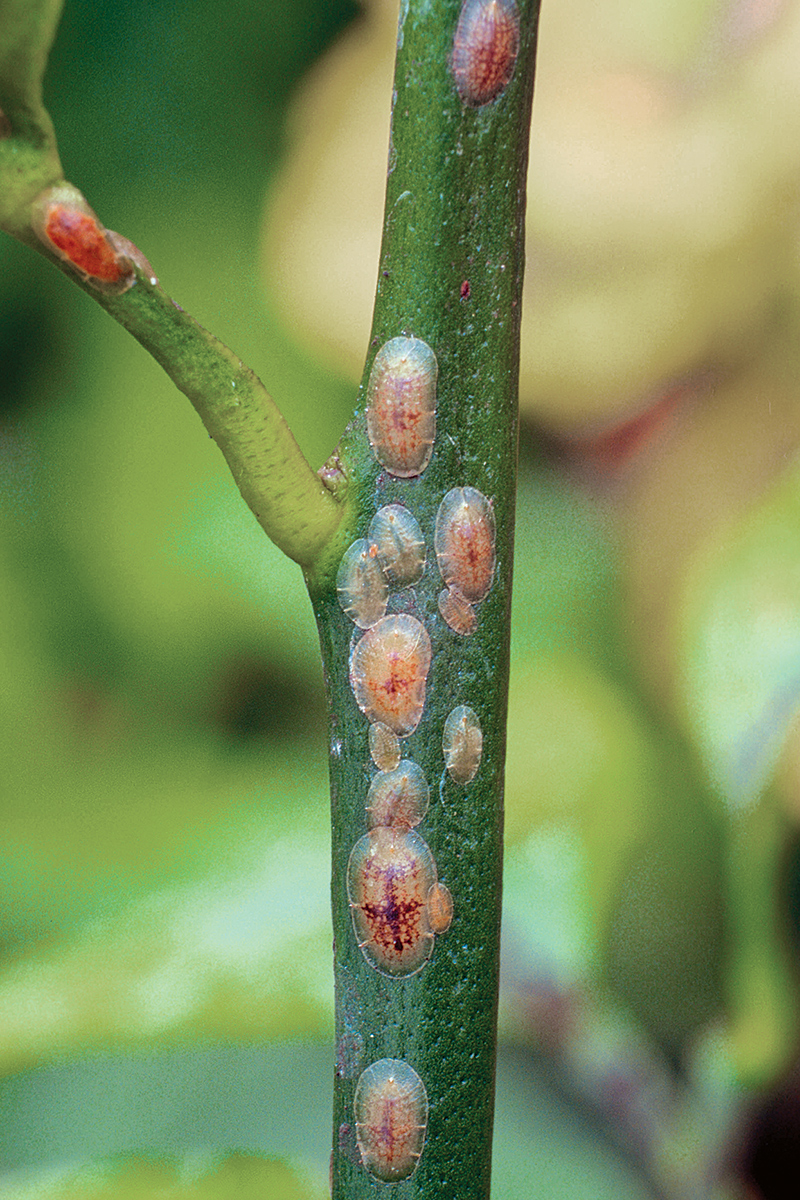
Philodendrons with thicker leaves tend to be relatively pest-free; those with thinner leaves are more susceptible. The most common pests are aphids, mealybugs, scale, and spider mites. The best way to control infestation is through prevention. Stressed plants with too much or too little light or water are more prone to issues. Bringing new, infected plants home is also one of the most common ways pests are introduced. Always isolate new plants for at least a week, checking them regularly—especially on the underside of leaves—for signs of pests. Rinsing off your plants every few weeks can also help to prevent or control infestations; doing so removes dust as well, which will make your plants look better and help with photosynthesis.
But what should you do if you find invaders on your plant? In the early stages of an infestation, eliminating pests may require the use of organic products such as insecticidal soap or neem oil. A visit to your local garden center will usually yield a large assortment of products that are appropriate for indoor plants. Before purchasing one, though, be sure to correctly identify the pest, since no single product will kill every insect.
Three varieties to track down
There are countless philodendrons to choose from, but these three have proven staying power as easy-to-grow, stunning focal points, and any one could be the star of your home.
‘Silver Sword’ is a vigorous climber
(P. hastatum ‘Silver Sword’, Zones 9b–11)
‘Silver Sword’ has gorgeous, lance-shaped leaves. The foliage is a silvery grayish-green, giving it incredible contrast with most other houseplants. This cultivar is a serious climber that will quickly form aerial roots along its vines. It can reach up to 10 feet tall if left unchecked. Be sure to give it climbing support for it to develop mature, deeply lobed leaves.
‘Jose Buono’ offers colorful variegation
(P. ‘Jose Buono’, Zones 9–11)
The stunning ‘Jose Buono’ has large, paddle-shaped leaves that are very shiny. Splotches of white, cream, and pale green variegation cover the entire plant and are most prominent when the leaves are young. The thickness of the foliage makes ‘Jose Buono’ very easy to care for and not prone to pests. This philodendron is also a climber, but it grows more slowly than ‘Silver Sword’ to about 4 feet high.
Billie philodendron wows with huge textured leaves
(P. billietiae, Zones 9–11)
This philodendron produces long, strap-shaped leaves with incredible orange petioles. Indoors, Billie philodendron can grow up to 5 feet tall on a support with an equal spread. The leaves can reach up to 3 feet in length and 10 inches in width, making this a dramatic addition to any plant collection. The plant’s large leaves serve to capture as much light as possible, so for the best performance, provide your Billie with very bright, indirect light.
Demetri Broxton has been caring for indoor plants since childhood and is now the owner of over 200 houseplants. He chronicles his plant journey on his Instagram account, @the_botanical_blasian.
Photos, except where noted: courtesy of Demetri Broxton
Fine Gardening Recommended Products

Lee Valley Large Gardener's Wash Basket
Fine Gardening receives a commission for items purchased through links on this site, including Amazon Associates and other affiliate advertising programs.
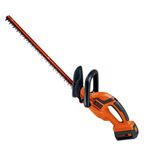
Black & Decker 40-Volt Cordless Hedge Trimmer
Fine Gardening receives a commission for items purchased through links on this site, including Amazon Associates and other affiliate advertising programs.

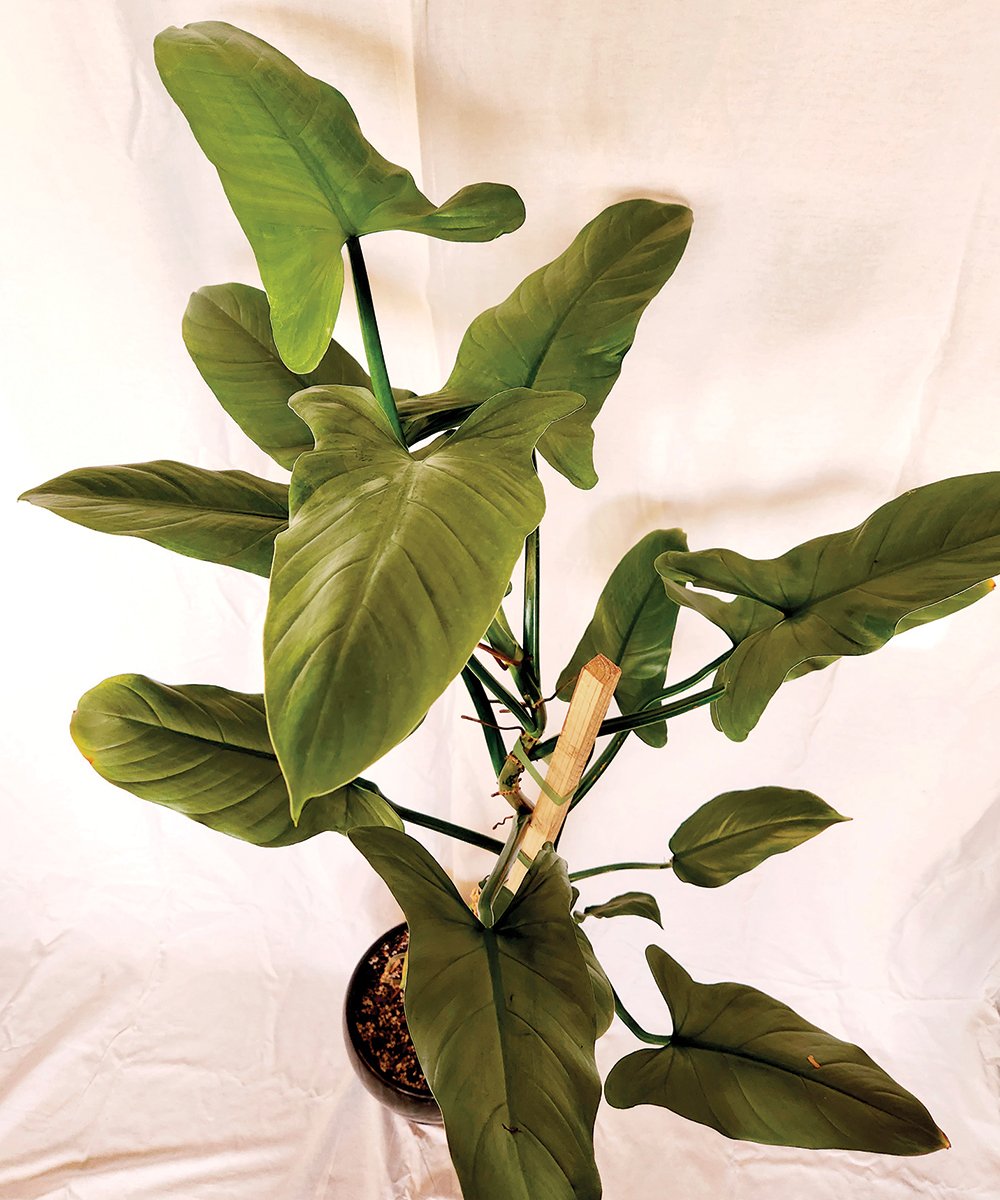
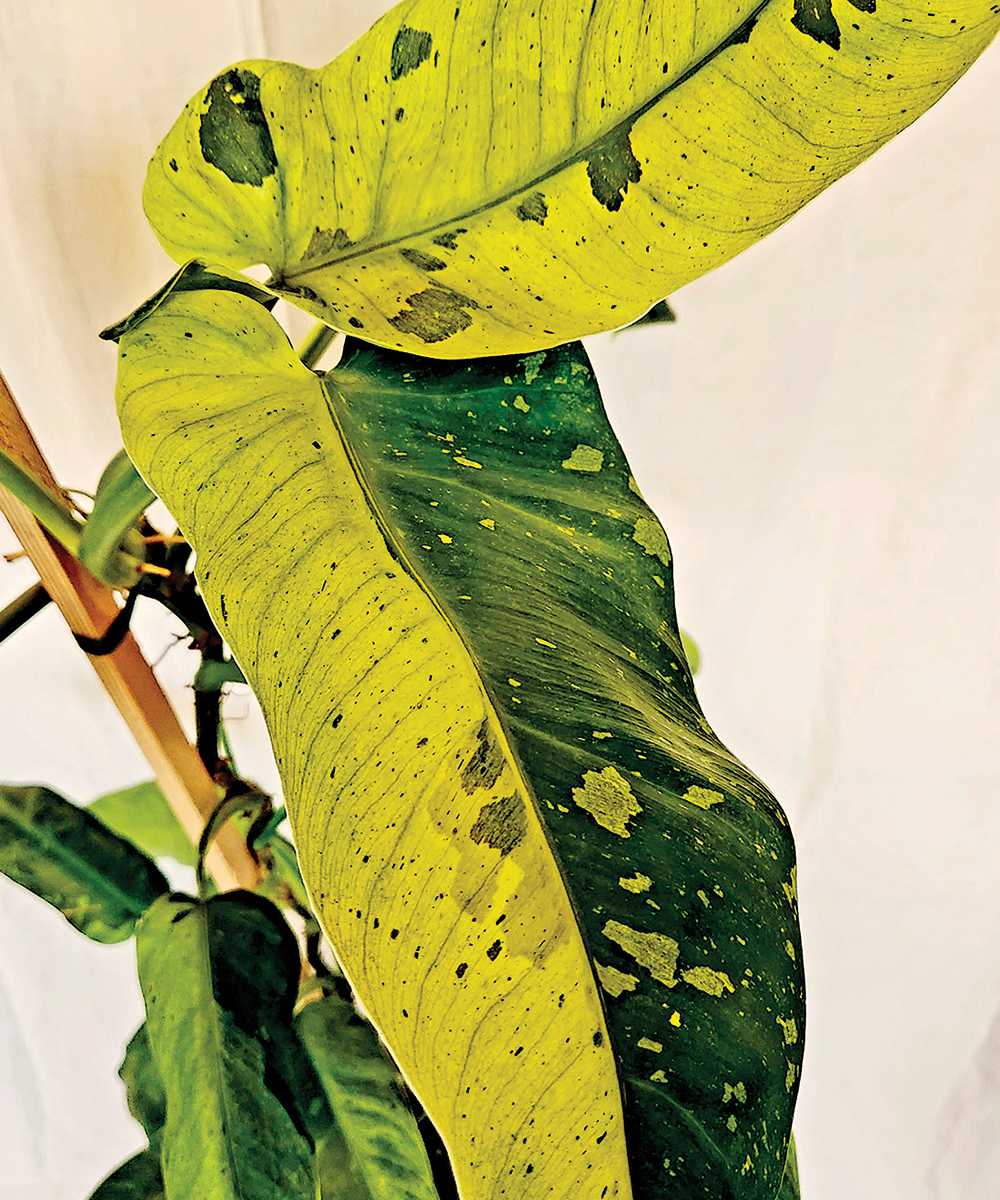
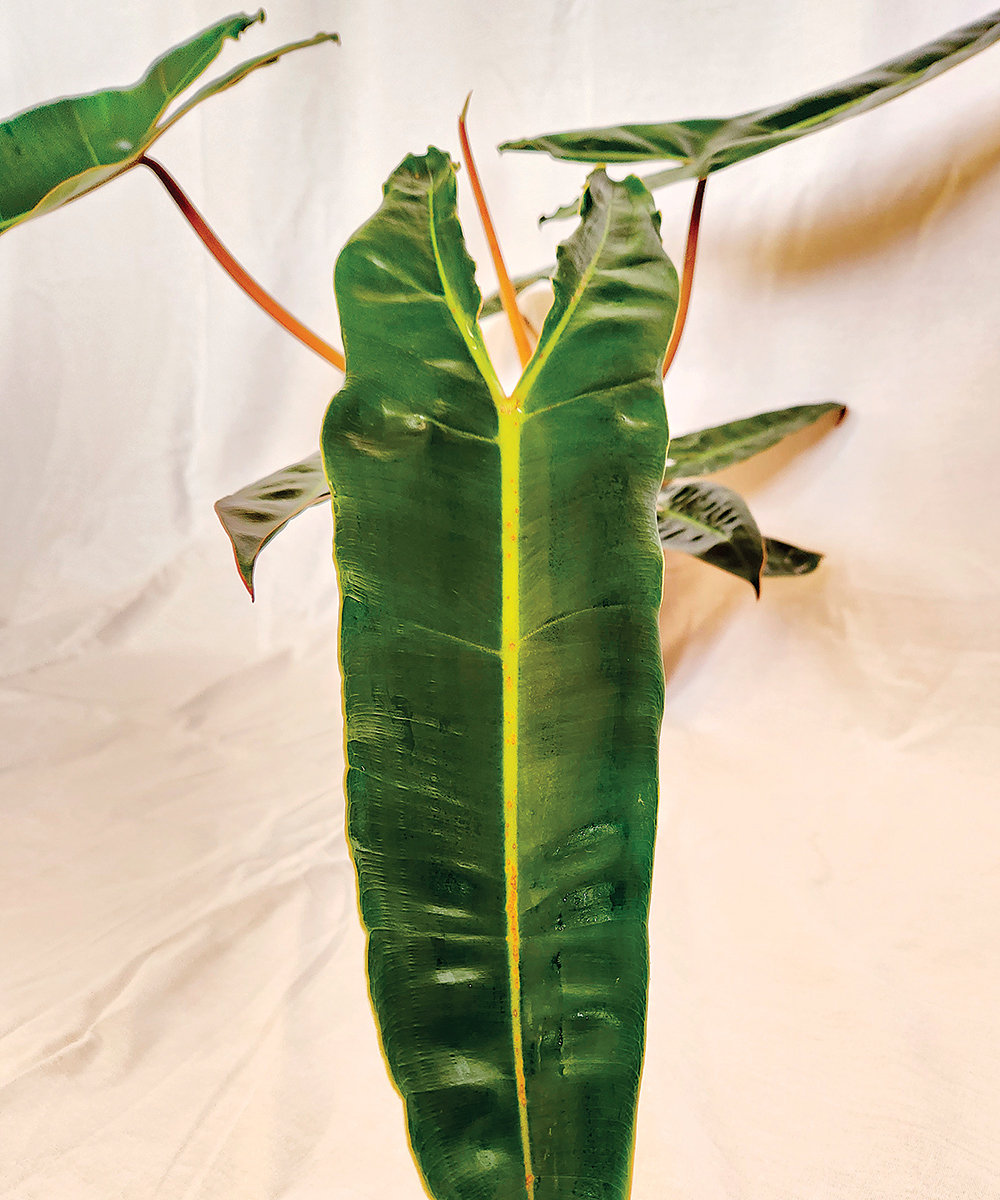
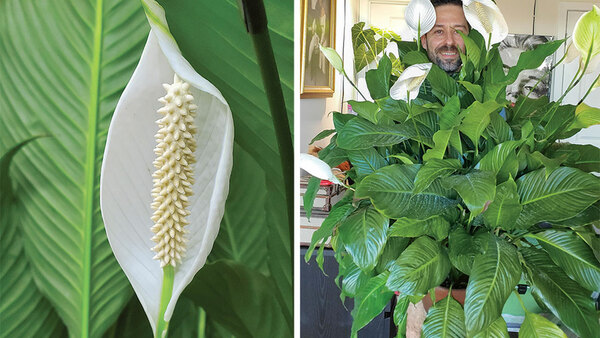


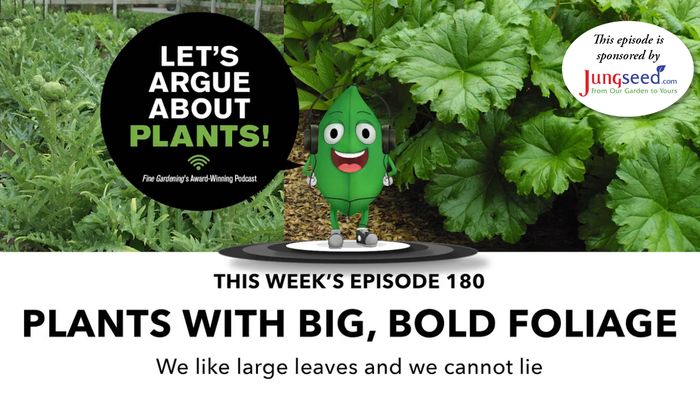

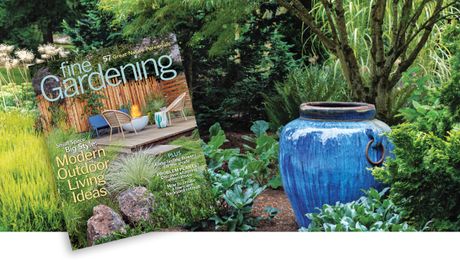










Comments
Log in or create an account to post a comment.
Sign up Log in